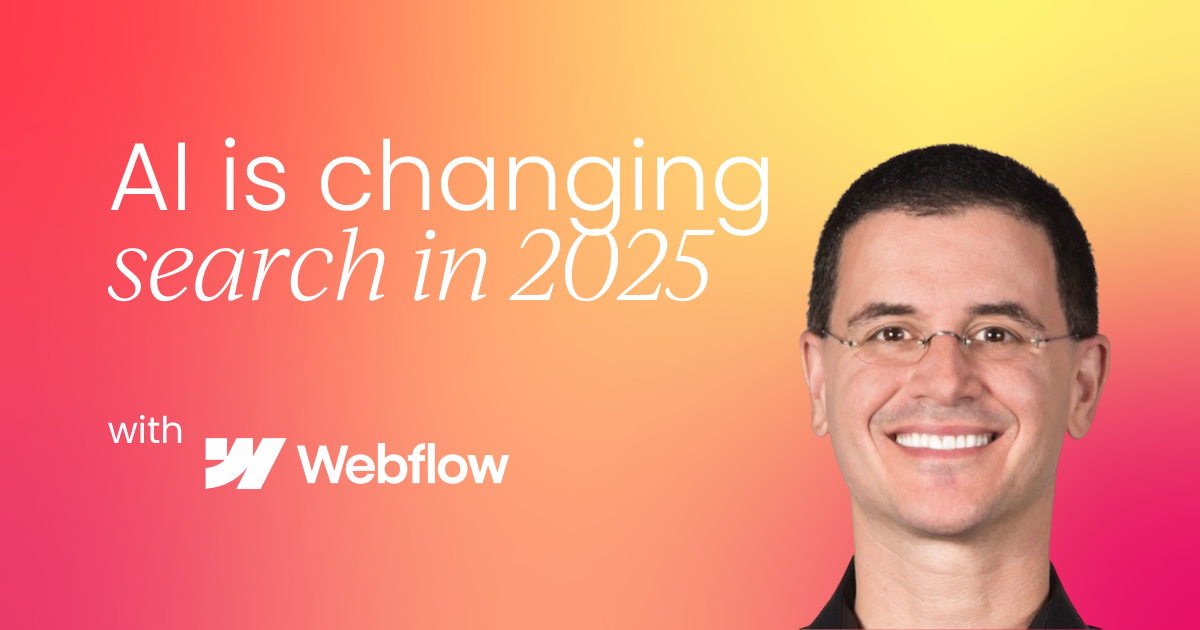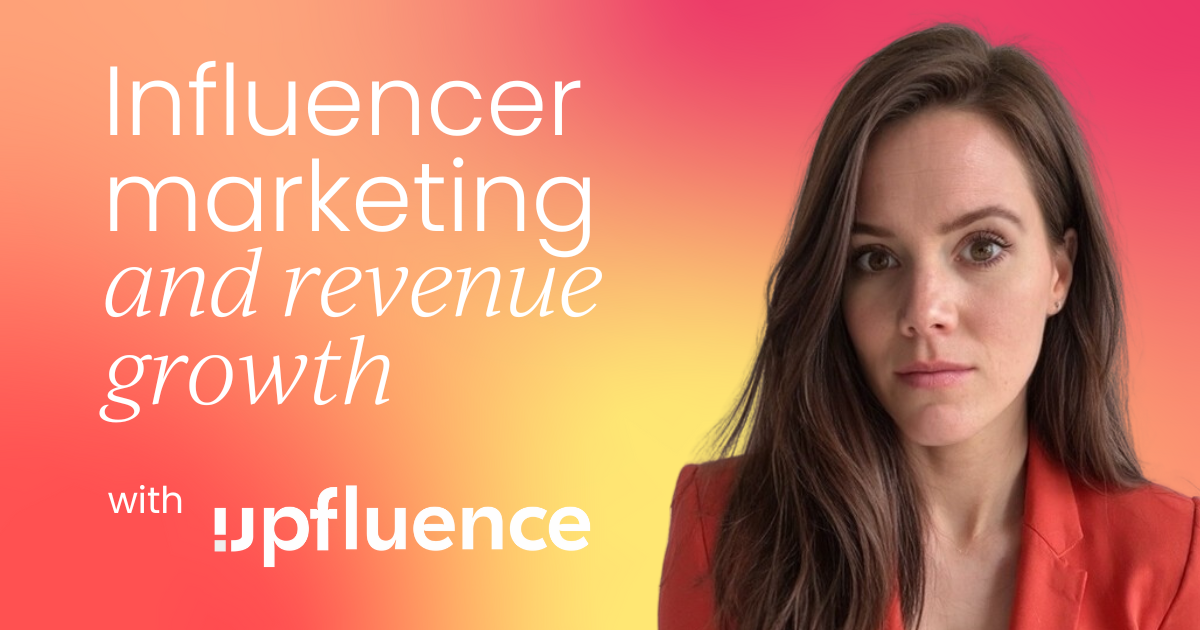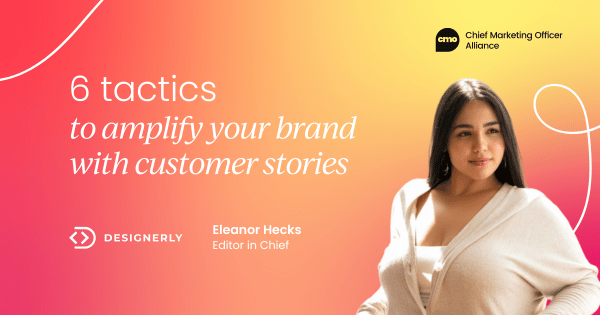This article is based on Liz's appearance at the CMO Summit: New York 2023. At the time of recording, Liz was the VP of Marketing at Blue Ocean. She has since moved on to new opportunities as a Fractional CMO.
As the head of marketing at Blue Ocean, I often feel torn between investing in long-term brand-building initiatives or short-term revenue-driving tactics. Many of my fellow CMOs express similar pressures to focus on immediate pipeline and conversion rather than brand. But why does this struggle exist when research shows building strong brands ultimately drives better financial outcomes?
In my talk, I shared insights on the root causes of this "marketer's dilemma" as well as some proven strategies to balance brand and performance marketing for greater impact.
Why we've entered the era of short-term marketing
Over my career, I've witnessed firsthand the shift in how we measure and optimize marketing. With the rise of digital, campaign KPIs like CPC and CPA have become the predominant measure of success. We have an incredible array of technology to analyze, attribute, and improve conversion rates and other bottom-of-the-funnel metrics.
Meanwhile, brand marketing has remained in more analog modes of survey-based and indirect measurement. While surveys should still play a role, they have serious drawbacks today - poor and declining response rates, long turnaround times in a fast-changing landscape.
This lopsided focus solely on those actively in-market misses the bigger picture. As leading researcher and marketing professor, John Dawes points out, only 1% of buyers have immediate purchase intent. If we ignore the other 99%, how can we drive consideration and availability when they do enter an active buying cycle?

The financial impact of brand building
In my analysis across over 6,000 brands, the metrics most tied to revenue growth tell a story - one connecting brand perception to business outcomes. The top 3:
- Employee Support: Sentiment often foreshadows financial performance
- Non-branded search: Signals aligning to audience information needs
- Audience reviews: Influences B2B and B2C decisions
Brand building happens throughout the funnel, not a separate activity. Our content and messaging should ladder up to overall brand perception and affinity.
When we generate high alignment and sentiment from target audiences, brands see better health, accelerated share of voice, and higher future revenue growth. The key is applying connected metrics.

Achieving greater balance as marketing leaders
Based on learnings from top brands, here are my four keys to balancing brand and performance:
- Maintain 60/40 budget split on brand vs. demand
- Create a connected marketing framework across initiatives
- Benchmark brand lift on downstream KPIs
- Communicate holistic impact to executive stakeholders
With the right measurement framework and perspective on how short and long-term initiatives interact, marketing leaders can drive both today's revenue and tomorrow's growth markets. The ultimate goal is harmony, not traded-off priorities.
Constructive alignment across the customer journey should guide our strategy - not organizational silos and metrics.
Balancing short-term with long-term is one of the biggest challenges for CMOs. We'll be unpacking this issue with some of the biggest and brightest minds in marketing at the CMO Summit: New York on March 20th.






.png)









 Follow us on LinkedIn
Follow us on LinkedIn





